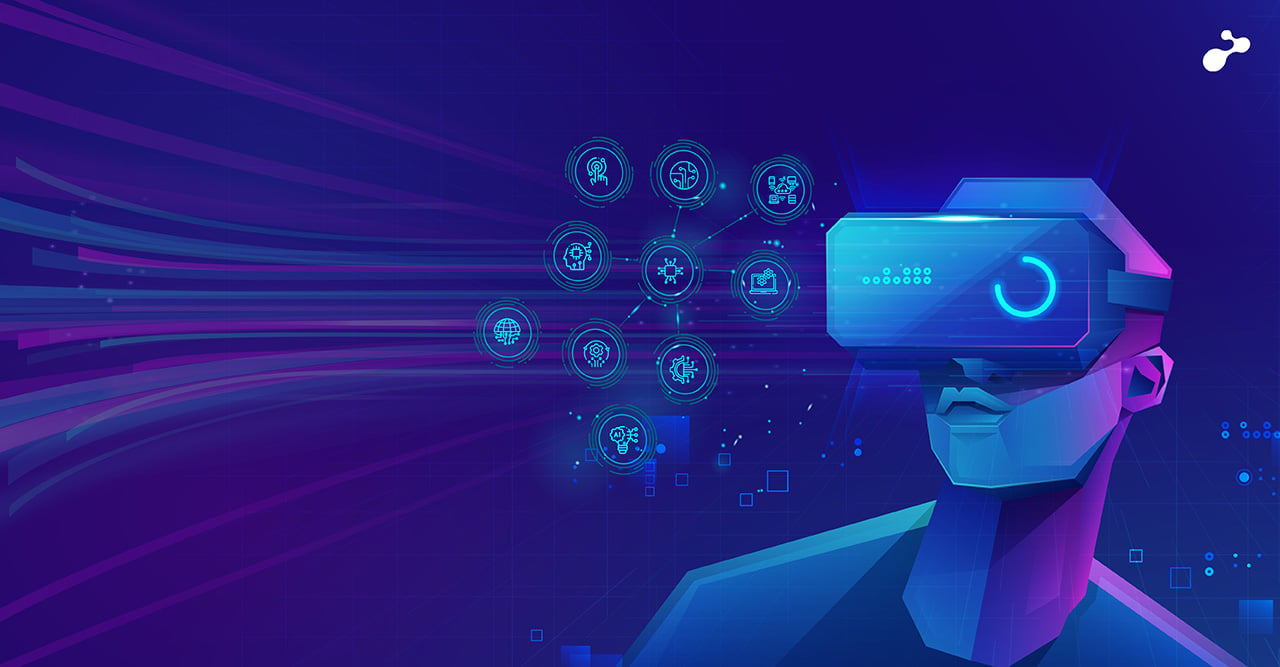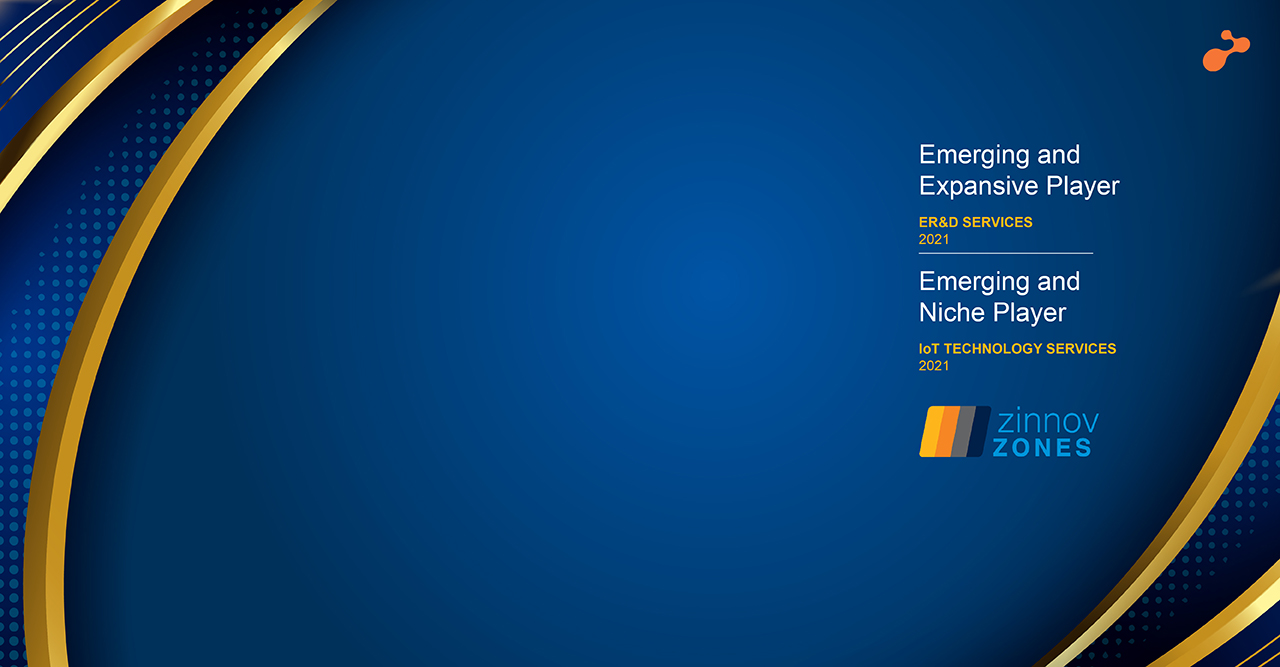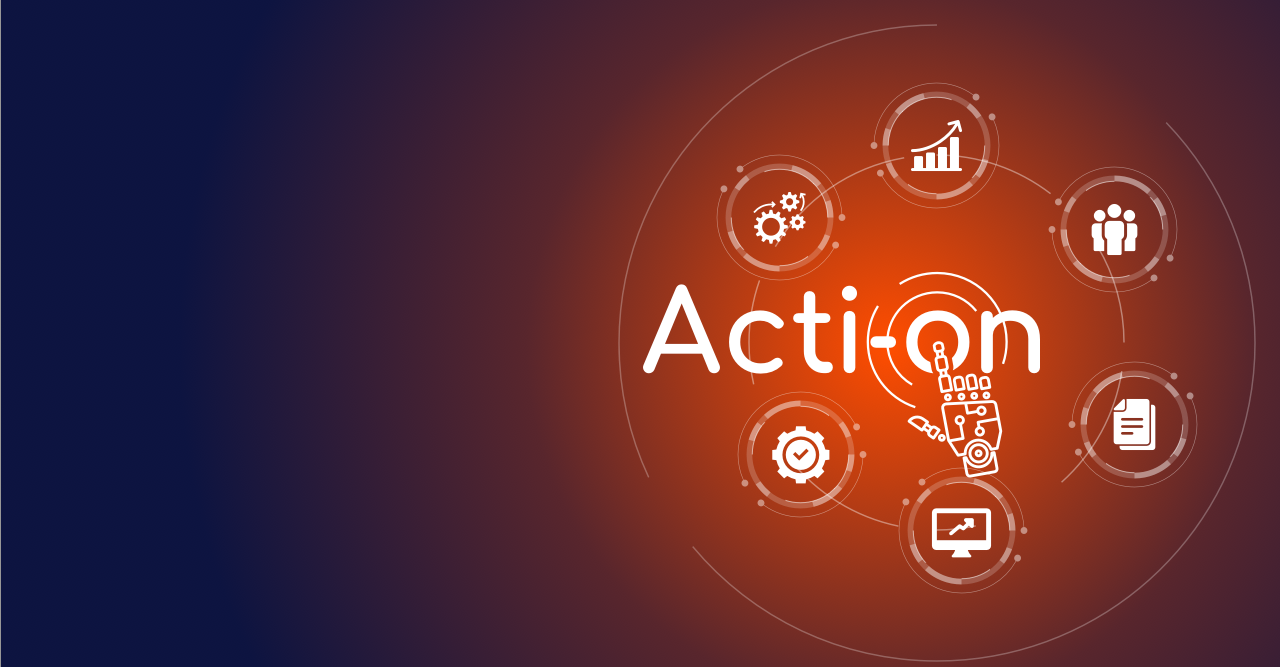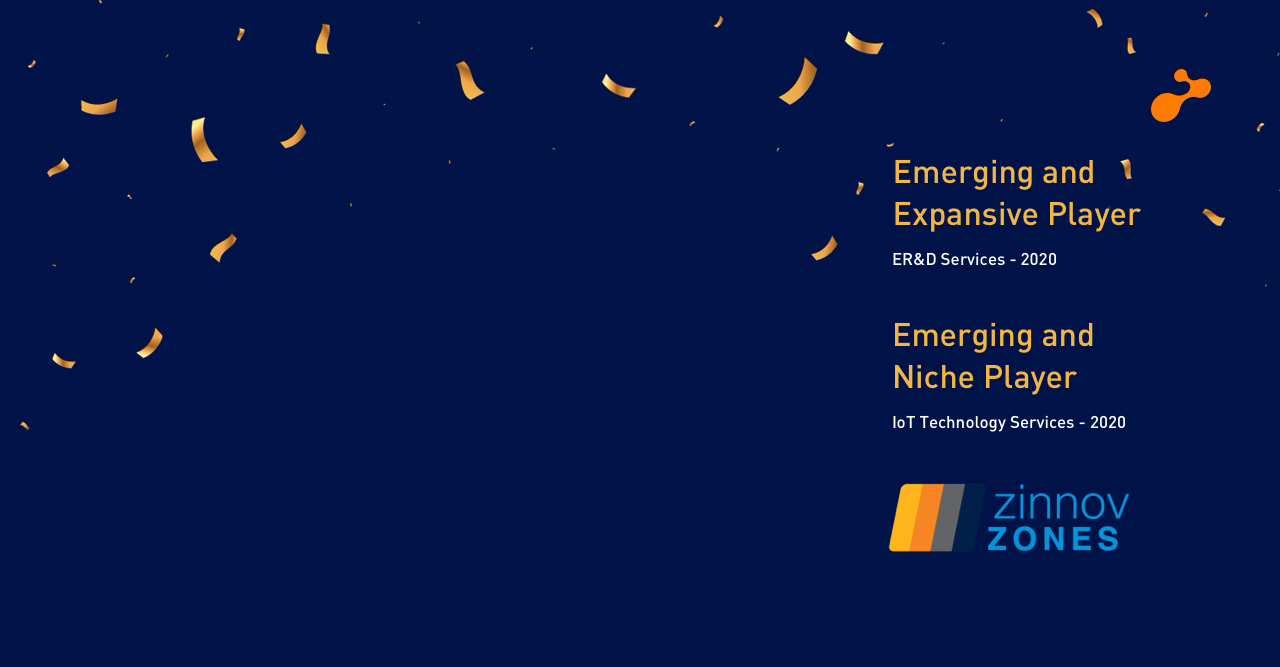Big change coming in the enterprise application ecosystem
Mobile devices have advanced due to the powerful processors, memory, the 4G networks, also the increasing capacity to support versatile applications. This advancement has now expanded the scope of enterprise application system. The enterprise application ecosystem will need to look at alternative technologies in order to meet mobility solutions needs that is moving from person-to-machine and person-to-person communication to machine-to-machine communication.
There will be change required in terms of speed, bandwidth and billing capabilities of network operators. Also there is huge market open for enterprise dedicated app developers.
Continue reading: http://goo.gl/1gXFhg
A technical look at Big Data
Big data by all means guides business decisions in innumerable ways. To use big data we first need to understand the tools and technologies behind it. Also analyze streaming data and then compute their potentials to deliver deep insights to your team. The biggest challenge here is to figure out the business value of data. Hadoop is the core platform for structuring Big Data, and solves the problem of making it useful for analytics purposes. It uses the programming model MapReduce to process data and a Hadoop distributed file system (HDFS) to store data.
Continue reading: http://goo.gl/91YY8P
Windows Server 2012 R2 widens enterprise cloud gateway
Windows Server 2012, which Microsoft characterizes as part of a "cloud OS," was released in June and was designed to blend onsite servers with Windows Azure's cloud resources, enabling customers to flexibly choose between public, private or hybrid cloud models and offering scalable tools for enterprises.
It provides all the benefits of cloud tools including an empowered mobile workforce, increased licensing and budget latitude, and more agile collaboration among teams in different locations and also eradicates its security concerns. This sure does have heavy competitors but with a built-in base of Windows Server users and an aggressive cloud strategy, it could be poised for a surge.
Continue reading: http://goo.gl/lk7VyE
What does cloud computing 2.0 look like?
Now is the time for cloud computing 2.0. The second generation IAAS providers are now providing features that give more meaning to cloud and its concept. Cloud computing 2.0 gives the owner the flexibility to choose number of # of CPU cores, RAM, and amount of disk space independently and hence “pay as per you use” stands more appropriate. Also 2.0 comes with ability for vertical scaling along with gift to design infrastructure using graphical tools providing ease of use.
Continue reading: http://goo.gl/sdY1QO




.jpg)
